Have you ever noticed watery eyes in your Japanese Bobtail cat and wondered, “Why does my seemingly healthy feline suddenly look like it’s been watching a tear-jerking movie marathon?” While Japanese Bobtail cats are known for their playful nature and those darling bobbed tails, they’re not exempt from common health issues, including watery eyes. Understanding the potential reasons and addressing them promptly is key to keeping your whiskered friend happy and healthy.
Key Takeaways
- Regular vet check-ups can help detect any underlying issues early.
- Ensuring a balanced diet is essential for overall health.
- Watery eyes can be a sign of several different health problems.
- Maintaining a stimulating and clean environment aids in prevention.
- Monitoring your cat’s behavior can provide clues about their well-being.
Understanding Watery Eyes in Japanese Bobtail Cats
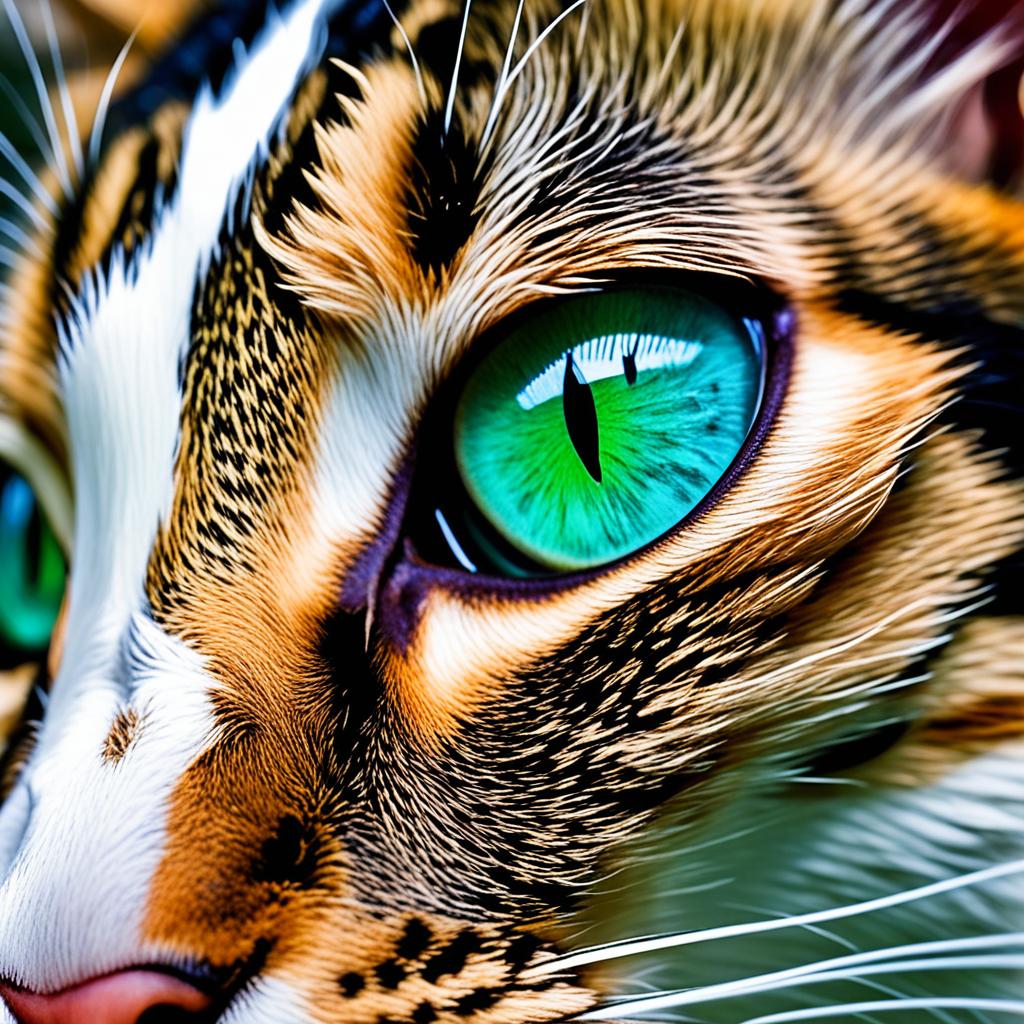
Japanese Bobtail cats are well-known for their playful and curious disposition, which, while endearing, can sometimes lead to health concerns like watery eyes. Recognizing the signs and understanding the causes of watery eyes in Japanese Bobtail cats is essential for their well-being. Let’s delve into the symptoms and potential causes of this issue.
Common Symptoms
Watery eyes in Japanese Bobtail cats typically present as an overflow of clear tears, redness, or even discolored discharge. These symptoms can be a sign of underlying health issues that need your attention.
“Keeping a close watch on your cat’s eye health can prevent minor issues from escalating into serious health concerns.”
Potential Causes
Understanding the potential causes of watery eyes in Japanese Bobtail cats is crucial for addressing the issue promptly and effectively. Some common causes include environmental irritants, allergens, and infections.
- Environmental factors: Dust, pollen, and chemical sprays can irritate their eyes.
- Allergens: Specific substances, whether airborne or in their diet, might trigger an allergic reaction.
- Infections: Bacterial or viral infections, such as feline herpesvirus, can cause eye watering and discomfort.
By identifying these causes of watery eyes in Japanese Bobtail cats and taking proactive measures, you can significantly enhance your Japanese Bobtail cat eye health. Regular vet check-ups and maintaining an environment free from irritants can go a long way.
Causes of Watery Eyes in Japanese Bobtail Cats
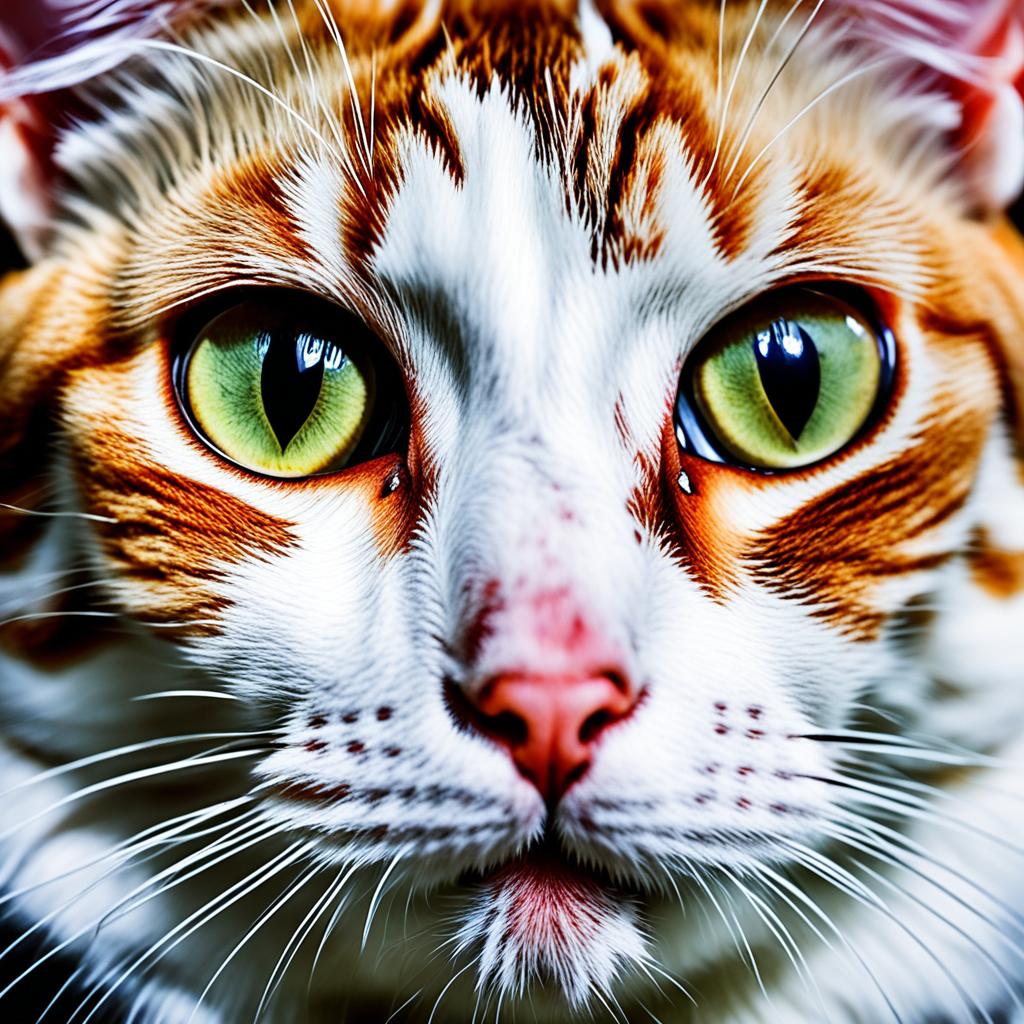
When it comes to Japanese Bobtail watery eyes, several factors might be at play. Understanding these causes is essential for preventing watery eyes in Japanese Bobtail cats and finding the right treatment for watery eyes in Japanese Bobtail cats.
Environmental Factors
Japanese Bobtail cats are naturally curious and active, often exposing themselves to various environmental irritants like dust, pollen, or chemical agents. These substances can trigger watery eyes, leading to discomfort and potential complications.
Allergies
Allergies are another common cause of Japanese Bobtail watery eyes. These could be reactions to specific foods, household products, or even seasonal changes. Identifying and eliminating allergens from your cat’s environment is key in preventing watery eyes in Japanese Bobtail cats.
Infections
Infections, whether viral like feline herpesvirus or bacterial in nature, can also lead to watery eyes. These conditions require prompt veterinary attention to implement an effective treatment for watery eyes in Japanese Bobtail cats, ensuring your feline friend stays healthy and happy.
Why Does My Japanese Bobtail Cat Have Watery Eyes?
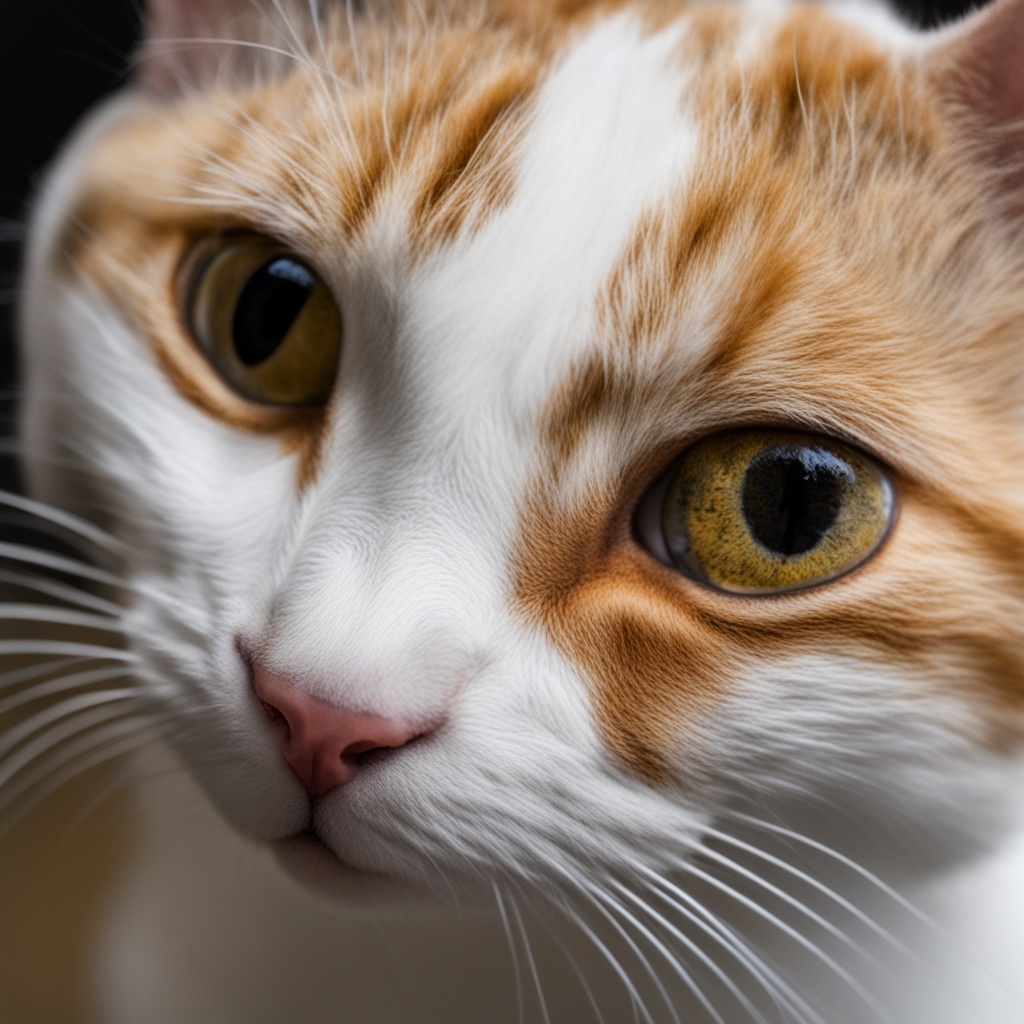
It’s no secret that Japanese Bobtail cats have a flair for adventure, which sometimes leads to eye irritations causing watery eyes. Picture your energetic friend joyfully splashing around during water play sessions, inadvertently exposing their eyes to potential irritants. You’ll soon be pondering, “Why Does My Japanese Bobtail Cat Have Watery Eyes?” Fear not, it’s a common concern.
Persistent watery eyes? It’s best to consult your trusted veterinarian to sleuth out the underlying causes. This ensures your lively Bobtail maintains their bright-eyed spark and bushy-tailed charm. So, let’s get practical and delve into Managing watery eyes in Japanese Bobtail cats effectively.
A vigilant eye (pun intended) on your cat’s surroundings can help in Managing watery eyes in Japanese Bobtail cats. From dust particles to playful water splashes, keeping tabs on these environmental factors can save your fluffy friend from frequent tearful episodes. No fur-parent likes their feline looking teary-eyed unless they’ve just watched the latest episode of “My Cat from Hell.”
Ultimately, your mission is clear: ensure your vivacious Japanese Bobtail retains clear, healthy eyes. By staying aware and consulting with a vet when necessary, you’ll keep your furry companion’s vision as sharp as their playful antics.
Treatment for Watery Eyes in Japanese Bobtail Cats
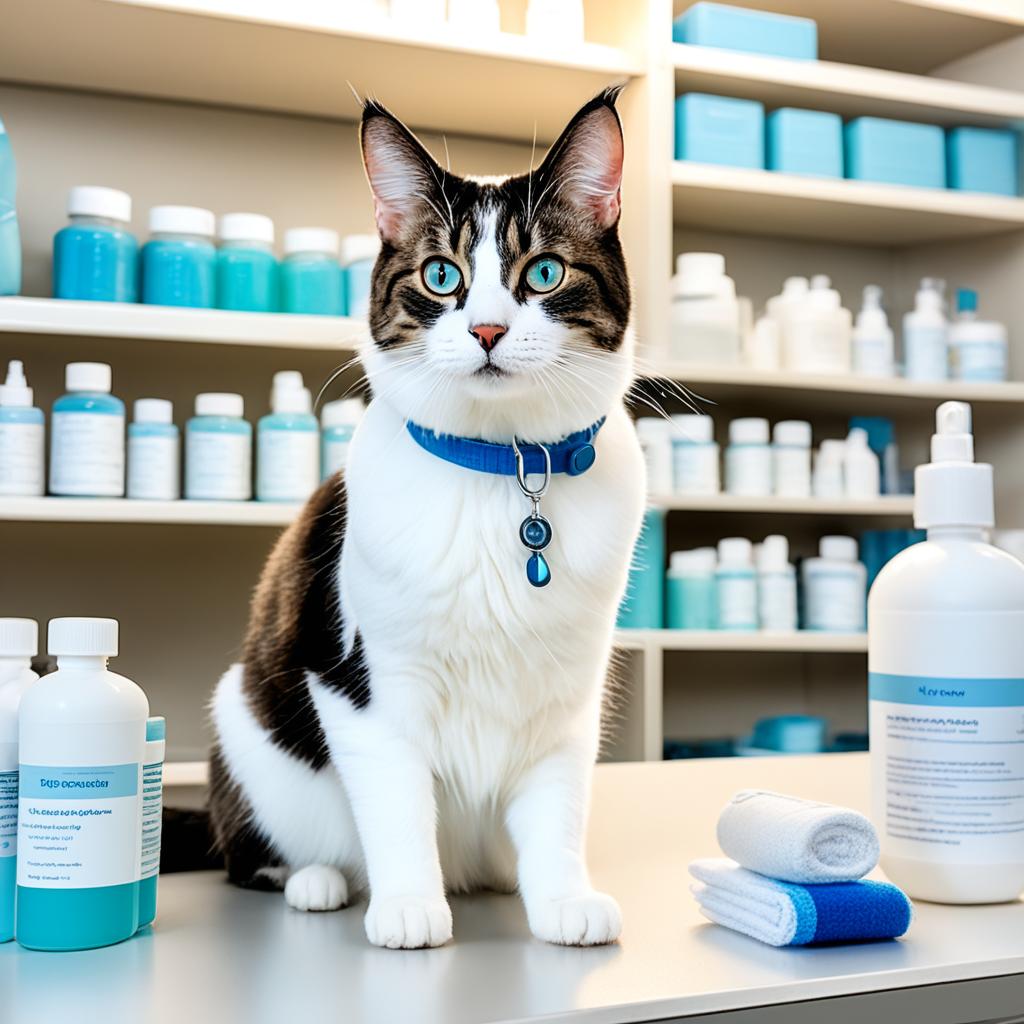
When dealing with watery eyes in your Japanese Bobtail cat, you have several treatment options to consider. Ensuring the best care means considering prescribed medications as well as effective home remedies. Prioritize your Japanese Bobtail cat eye health and their comfort throughout the process.
Medications
Veterinary-prescribed medications can effectively address various causes of watery eyes. Treatments might include:
- Antibiotic eye drops or ointments: These help tackle bacterial infections.
- Antiviral medications: Useful for infections like feline herpesvirus.
- Anti-inflammatory drugs: Reducing eye inflammation and pain.
Home Remedies
Complementary to medications, home remedies can also support your cat’s eye health. Consider these tips:
- Clean environment: Maintain a dust-free space to prevent irritants.
- Gentle eye cleansing: Use a soft, damp cloth to wipe away discharge.
- Proper nutrition: A diet fortified with essential nutrients can bolster overall health.
Remember, maintaining your Japanese Bobtail cat eye health through combined efforts of medical treatment and home care can make a substantial difference.
Preventing Watery Eyes in Japanese Bobtail Cats
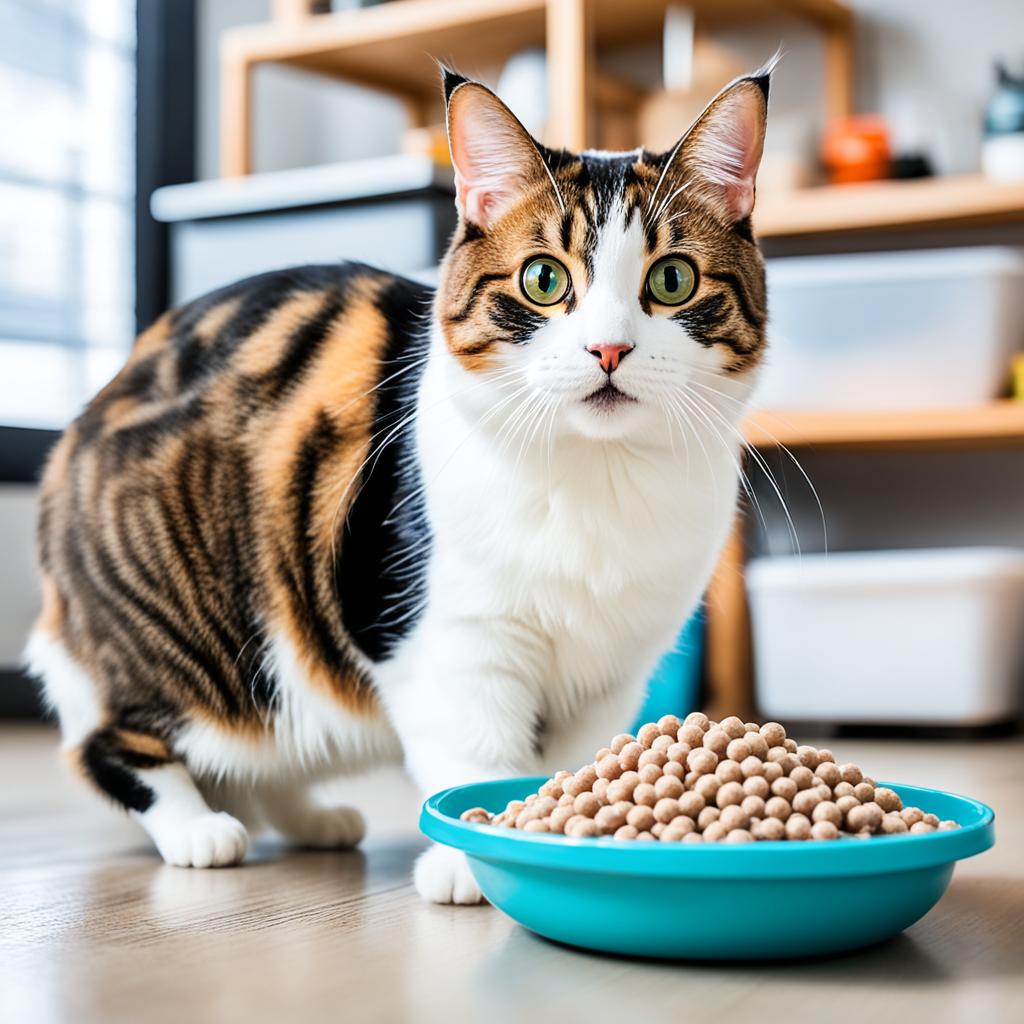
Preventing watery eyes in Japanese Bobtail cats involves diligently addressing potential allergens and irritants in their environment. You can enhance Japanese Bobtail cat eye health through consistent grooming routines. Regular brushing helps reduce the risk of allergens clinging to their fur.
Ensuring your Japanese Bobtail is adequately protected from infectious agents is paramount. This includes maintaining their vaccination schedule and avoiding exposure to sick animals. Routine veterinary check-ups play a vital role in preventing watery eyes in Japanese Bobtail cats, as open communication with your vet ensures any issues are promptly addressed before they escalate.
Creating a clean living space free from dust and strong chemicals further supports Japanese Bobtail cat eye health. Simple practices like regularly cleaning their bedding and ensuring proper air circulation can go a long way in maintaining clear and healthy eyes.
- Regular grooming to reduce allergen exposure
- Timely vaccinations and vet visits
- Maintaining a clean, dust-free living environment
By prioritizing these practices, you’ll be equipped to effectively handle and prevent watery eyes in Japanese Bobtail cats, ensuring your feline friend remains as comfortable and vibrant as possible.
Japanese Bobtail Cat Eye Health

Ensuring the well-being of your Japanese Bobtail cat doesn’t just mean keeping their tails wagging but also their eyes sparkling. Promoting overall Japanese Bobtail cat eye health requires a blend of preventative measures and prompt responses to any signs of distress.
A balanced diet is fundamental to maintaining those bright, expressive eyes. Consider incorporating nutrient-rich foods that specifically support eye health. Don’t underestimate the power of a safe living space—limit exposure to harsh chemicals and potential irritants that can cause discomfort.
Regular veterinary eye exams are critical in managing watery eyes in Japanese Bobtail cats. An expert’s touch ensures that any underlying issues are identified and treated promptly. Create a feline-friendly environment where your Japanese Bobtail can thrive without the constant threat of allergens or infectious agents.
Keep an eye out, literally and figuratively, for any signs of issues. Early intervention can save your beloved cat from more severe eye problems down the road.
| Preventative Measures | Actions |
|---|---|
| Balanced Diet | Include nutrient-rich foods for eye health |
| Safe Living Space | Limit exposure to chemicals and irritants |
| Veterinary Eye Exams | Regular check-ups with an expert to detect issues early |
Managing Watery Eyes in Japanese Bobtail Cats
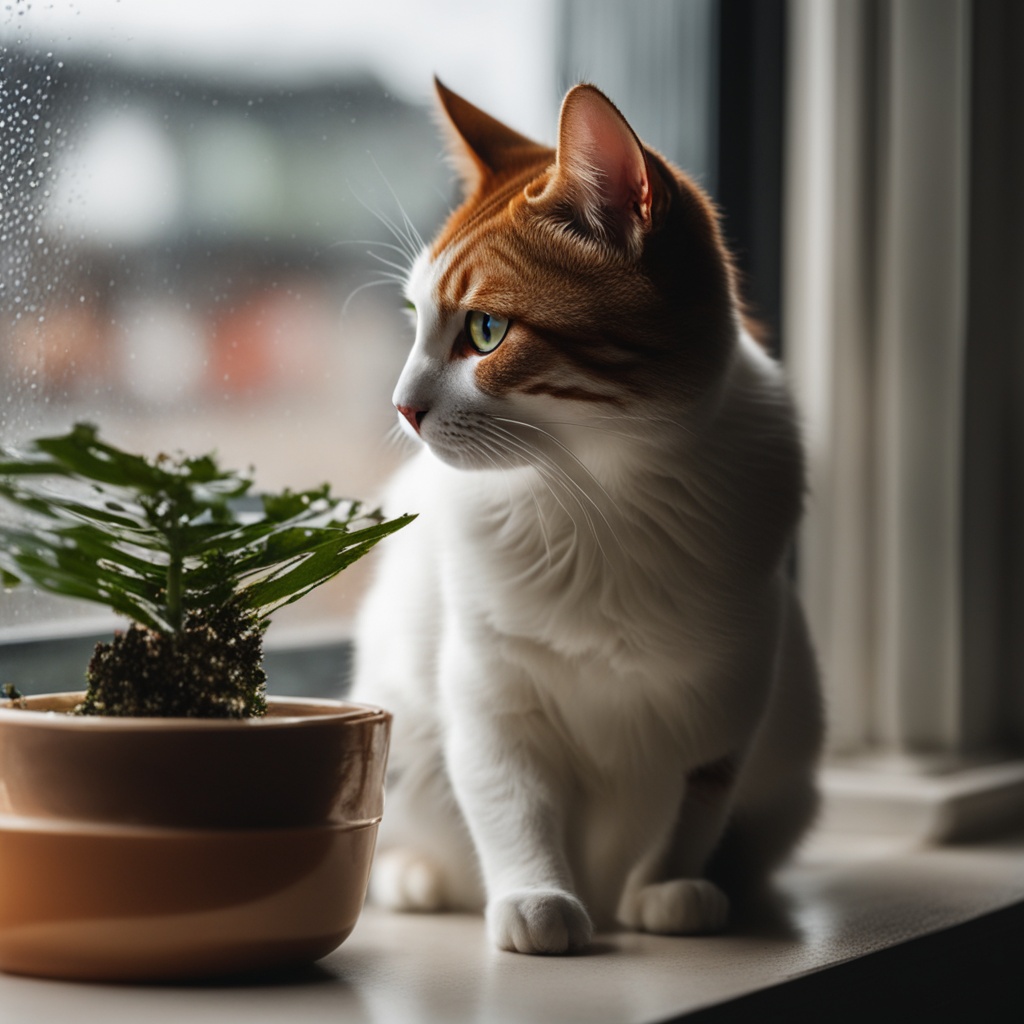
When it comes to managing watery eyes in Japanese Bobtail cats, it’s vital to pay close attention to your furry friend’s behavior. Frequent cleaning of their eyes can help prevent irritation from external factors.
By maintaining a pollutant-free environment, you are setting up your cat for eye care success! But, just like any glam squad needs a pro stylist, your Bobtail needs a veterinarian. Regular vet checks can determine the exact causes of watery eyes in Japanese Bobtail cats and offer personalized treatments.
- Observe any changes in behavior.
- Clean your cat’s eyes regularly.
- Ensure the living environment is free from air pollutants.
Regular engagement with a knowledgeable veterinarian helps in creating the perfect care plan tailored for your Japanese Bobtail.
When to See a Veterinarian
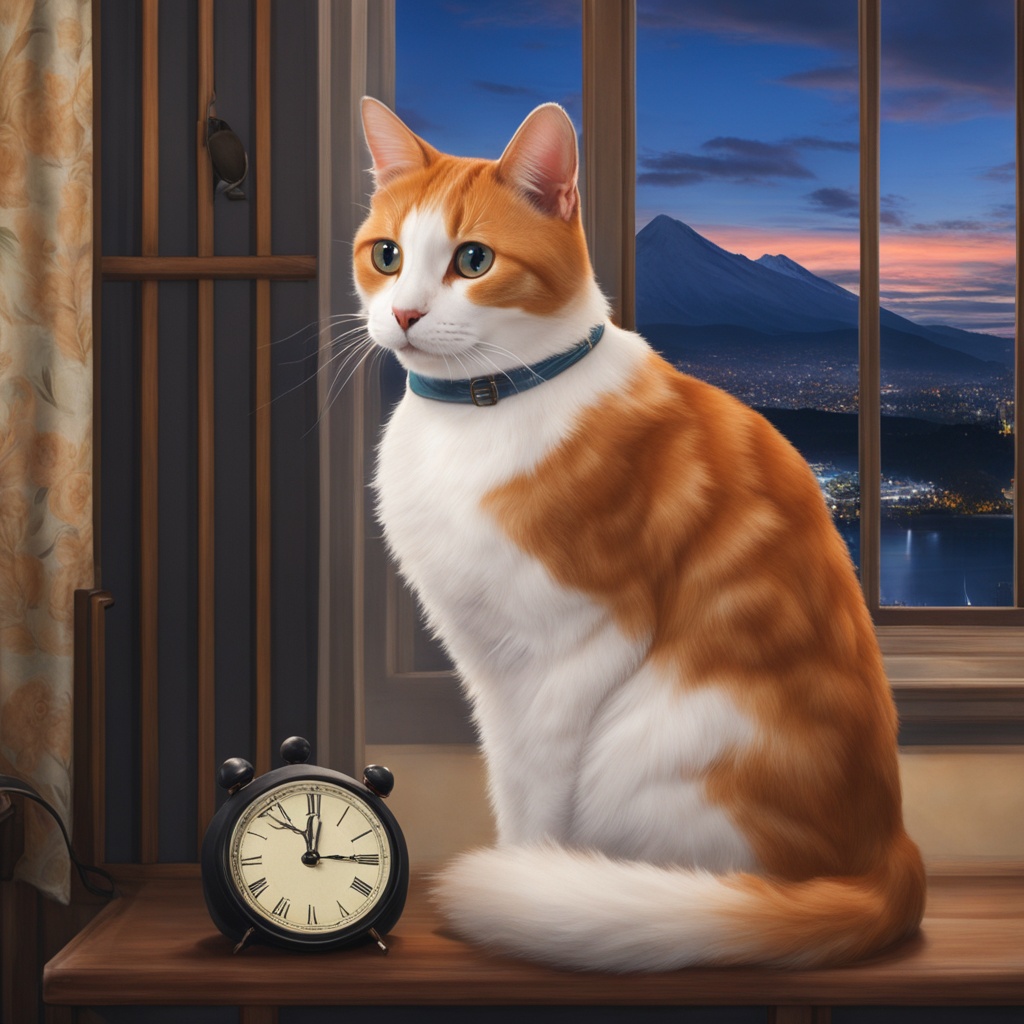
Ensuring your Japanese Bobtail’s eyes remain clear and healthy is vital. Recognizing the signs that warrant professional attention can save your feline friend from discomfort and more severe issues.
Signs to Watch For
Be on the lookout for persistent tearing, redness, or changes in behavior that may suggest your Japanese Bobtail is in discomfort. These signs can indicate a need to consult a veterinarian. Consistent Japanese Bobtail watery eyes are a tell-tale sign that something might be amiss.
What to Expect at the Vet
When you take your cat to the vet, expect a thorough examination. The vet will likely conduct diagnostic tests to determine the cause of the watery eyes. These tests may include checking for infections, allergens, or other underlying health issues.
Discuss potential treatment options with your vet to address your Japanese Bobtail’s specific condition. Early intervention can prevent complications, ensuring your furry companion’s eyes remain bright and healthy.
Conclusion
Ensuring the well-being of your Japanese Bobtail cat involves understanding and managing watery eyes effectively. While this condition is often caused by minor irritants, keeping a vigilant eye on your furry friend’s symptoms is crucial. Persistent or unusual eye watering should prompt a visit to the veterinarian to rule out more severe conditions. Prioritizing swift action can prevent potential complications and support your pet’s overall eye health.
By maintaining regular vet check-ups, a clean environment, and a balanced diet, you can significantly enhance your cat’s quality of life. Prevention strategies, such as shielding them from known allergens, practicing good hygiene, and keeping their living area dust-free, can play a vital role in managing eye health. Your Japanese Bobtail deserves the best, and with attentive care, they can continue their playful antics without the discomfort of watery eyes.
Remember, a proactive approach combining preventative measures, proper treatment for watery eyes in Japanese Bobtail cats, and ongoing support from a veterinarian will help ensure that your feline companion remains healthy and happy. Embrace these practices to safeguard your Japanese Bobtail’s eye health, letting them explore and enjoy their surroundings with clear, bright eyes.




